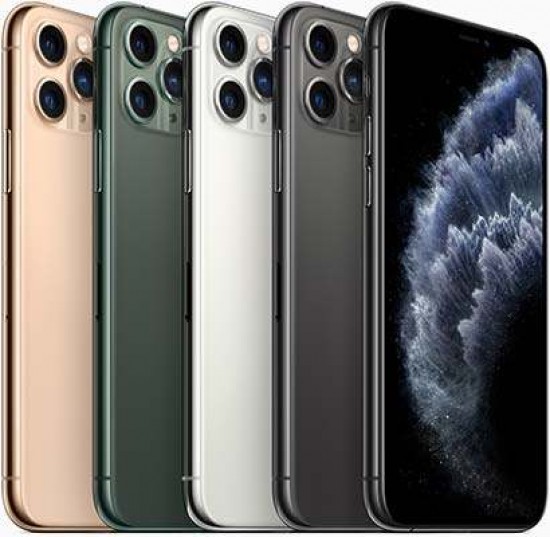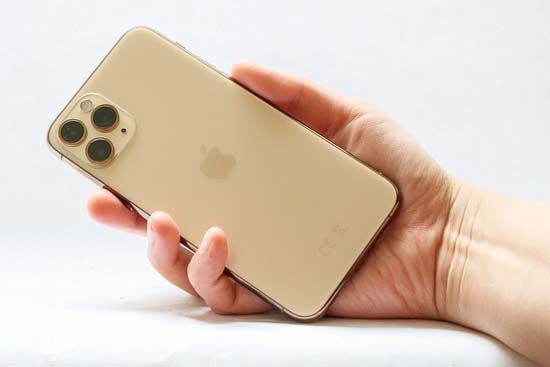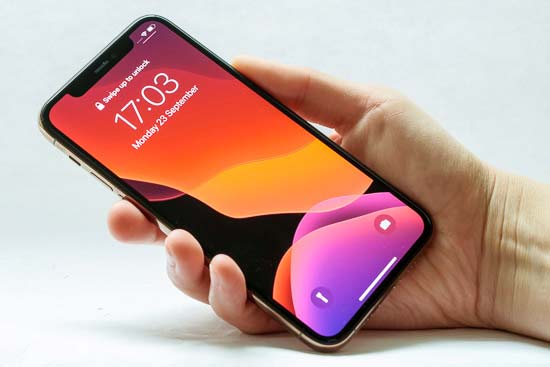Apple iPhone 11 Pro Review

Introduction
Apple announced its latest set of smartphones in September 2019. This review concentrates on the iPhone 11 Pro, which, along with the iPhone 11 Pro Max, represents the company’s latest flagship model.
Building on the success of the iPhone XS, the iPhone 11 Pro brings some new features for the camera that we’ve not seen before on any previous iPhone models.
The iPhone 11 Pro, and the iPhone 11 Pro Max, share camera specifications. There are three rear cameras/lenses, with a super wide angle lens being introduced for the first time, giving you an equivalent of 13mm with an f/2.4 aperture.
It is joined by the standard lens, which has a 26mm equivalent and an f/1.8 aperture, as well as a 2x telephoto lens, which gives you 52mm at f/2.0. All three of the cameras have 12 megapixel sensors.
As well as new hardware updates, there have also been a range of new software features which photographers are likely to find enticing too. There’s a new Night mode, next-generation Smart HDR for photos, and an updated Portrait mode.
The iPhone 11 Pro is available in three different sizes - 64GB, 256GB and 512GB (you can’t upgrade the amount of storage), at prices ranging from £1,049 up to £1,399 at the time of writing.
You can also buy the iPhone on a range of different handsets from many different operators, while Apple also operates a trade-in programme which can reduce the price if you have an old iPhone you’re upgrading from.
Ease of Use
 |
| Rear of the Apple iPhone 11 Pro |
In terms of the outer construction of the iPhone 11 Pro, size and shape hasn’t changed a huge amount from its predecessor the iPhone XS - but it is ever so slightly bigger.
The stainless steel frame has been retained, while there’s also a glass back as well as that famous “notch” at the top of the screen.
The new iPhone’s notch is much larger than those we’ve seen from many other recent Android phones, so if you like your screen unencumbered, you’re out of luck.
The screen size remains the same from its predecessor, with 5.8-inches on offer. It’s also still a super-retina OLED device with 2436 x 1125 resolution and HDR display, but the brightness has been upped a little for the iPhone 11 Pro, with 800 nits being available.
 |
| Front of the Apple iPhone 11 Pro |
Apple also says that the technology has improved to make the screens more efficient and therefore have a positive impact on battery life.
Apple claims it has improved the iPhone 11 Pro to the tune of an additional four hours of life when compared to the iPhone XS, but of course this can vary depending on the intensity of the tasks you’re asking the iPhone to perform.
Apple has stuck with its Lightning charger for the iPhone 11 Pro, but it does come with a USB-C to Lightning cable in the box, which makes it more compatible with current MacBook Pros which don’t have standard USB ports.
We have been using the “gold” version of the iPhone 11 Pro, but there is also other colours available including “Space Grey”, “Silver” and “Midnight Green”. The biggest physical change you’re likely to notice from the iPhone 11 Pro’s predecessor is the lens setup on the rear of the phone.
 |
| Front of the Apple iPhone 11 Pro |
There are now three lenses, with each one also appearing to be physically larger than the previous two found on the iPhone XS. Like the iPhone XS, there’s a “standard” lens which offers 26mm, plus a telephoto optic giving you 52mm - which now has a wider f/2.0 aperture.